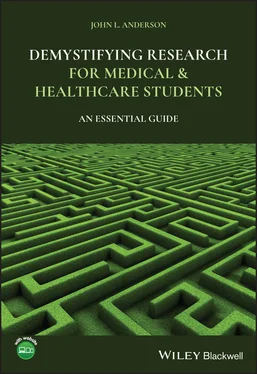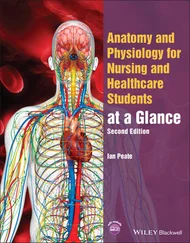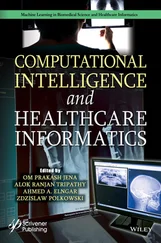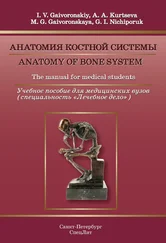They concluded: ‘this paper suggests that the signs and symptoms of T2DM, when undiagnosed in the general community, are patterned by SES and not race/ethnicity and that following diagnosis by a physician they are patterned by race/ethnicity’.
Don't you think that is interesting? It raised, for them, the question about whether the higher rates of black and Hispanic persons diagnosed with T2DM was a result of a racially‐skewed stereotyperather than a true profile of the population in need of care.
Remember Mick Bloor's saying: ‘Research is the art of the possible’? John's study was well‐funded. Thus, they were able to hire and train actresses. They were able to develop the scenarios of the ‘patients’. They were able to conduct the sampling in a very professional manner. They were able to get the physicians to spend their time taking part in the experiment. Thus, they were able to go beyond the laboratory. They were able to do the experiment with real, practising physicians, rather than with medical students. And they had the expert statistical expertise required for their very complex analyses within their organisation. Well done them!
Example 5: Reduction of Postoperative Pain by Encouragement and Instruction of Patients
This is one of my favourite field experiments. It is halfway between being an experiment and a randomised control trial (RCT) (see next chapter). It was conducted in 1964, so it is a classic, both in the temporal (time) sense and in its importance. A group of anaesthetists and surgeons in Boston (USA) were concerned about the problems of treating postoperative pain (Egbert et al. 1964). So, they devised a study to test a theory about how postop pain might be better managed.
TABLE 3.1 Patient and physician characteristics in each vignette.
| ‘Patient’ Characteristics in each Vignette |
| Male |
Female |
| Age 35 |
Age 65 |
Age 35 |
Age 65 |
| Low SES |
High SES |
Low SES |
High SES |
Low SES |
High SES |
Low SES |
High SES |
| B |
H |
W |
B |
H |
W |
B |
H |
W |
B |
H |
W |
B |
H |
W |
B |
H |
W |
B |
H |
W |
B |
H |
W |
|
| Less Experienced |
More Experienced |
Less Experienced |
More Experienced |
| Male |
Female |
| Physician Characteristics |
They recruited 97 patients who were admitted to their hospital for abdominal operations (appendicectomy, cholycystectomy, etc.). These were randomly allocated to a ‘special care’ (experimental) group or a ‘normal care’ (control) group. The control groupall received their normal treatment – no more and no less. Throughout their hospital stay.
Those in the special care group received their normal care, plus:
1 When the anaesthetist visited them the evening before the operation, they were told that they would experience pain after the operation, how severe it would be, and how long it would last. They were reassured that this pain was normal after an operation.
2 They were told that they would receive pain killing drugs.
3 They were given advice about how to minimise the pain – by relaxing the abdominal muscles. They were given instructions on how to turn over in bed, and they were told that they should request medication if they needed it.
4 On the afternoon, after the operation, the anaesthetist visited them again. He went over what he had told them the evening before; reassured them that their pain was normal; and they were again told to ask for medication if they wanted it.
5 This was repeated the next morning, and once or twice a day until they did not need any more analgesic medication.
The control group received their normal care throughout.
An independent observer (an anaesthetist who the patients had not met) visited 57 of them to record the patients' evaluations about their pain, as well as noting his own impressions about their appearance.
This was a double‐blindexperiment. The patients were not told that they were part of an experiment – first blind.The nursing staff, who administered the medications, and the surgical staff who made decisions about the patients' discharge, did not know that there was an experiment in progress – second blind.In this way, they avoided the… what? That's right … the Hawthorne Effect,or in this case, the placebo effect.The researchers were well aware of the potential for a placebo effect – enhanced by patients trying to please them and nursing staff trying to please the surgeons – or vice versa. So by using the double‐blind design, they minimised, to the best of their ability, the potential for this.
The results were interesting. Remember, the special care group were warned that they would experience pain and were encouraged to ask for as much medication as they wanted. You might think that this would have made them super‐vigilant and sensitive about their pain and, along with the invitation to dip into the analgesic jar as often as they wanted, their medication use might be high. The researchers were able to calculate the use of pain killers for each patient, and then to compare the two groups. The results showed that the special care group used half as much analgesic as the control group. (See Figure 3.2.) The independent observer noted that the special care group patients ‘appeared to be more comfortable and in better physical and emotional condition than the control group”. The surgeons discharged patients in the special care group on average 2.7 days earlier than those in the control group.
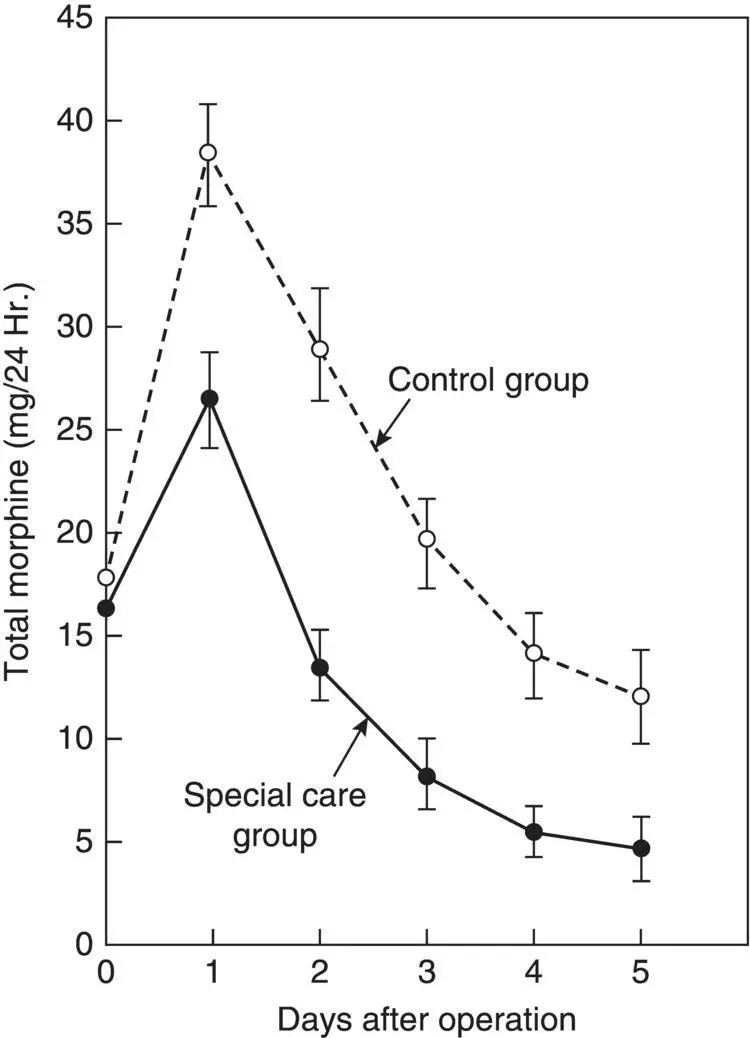
FIGURE 3.2 Postoperative treatment with narcotics (Means for each day + Standard error of the mean).
Don't you just love this study? It was a relatively inexpensive one to conduct. And its findings were clear. The study design was a dream ( Figure 3.3).
1 They identified a problem− post‐operative pain in surgical patients.
2 They developed an intervention based upon current theory and knowledge – the psychology of fear and stress. They took from that the fact that if we know in advance that something stressful or unpleasant is about to happen, then we are better able to prepare ourselves to deal with it. And, if we have a sense of control, we are more likely to be able to cope with it.
3 Their interventions were based upon theory ‐ aspects of the of the psychology of fear and stress (Janis, 1958). These were: (i) anticipation – warning the patients in advance that they would experience pain; and (ii) giving them a sense of control – ‘you can do this to help avoid the pain’ and ‘you can ask for as much pain‐killing medication as you want’. They worked!
4 They engaged an appropriate methodology – a twin‐arm, double‐blind, experimental approach, and chose a consecutive series of patients to participate in it.
5 They carried out the study and analysed their results.
6 They published their results for all the world to see!
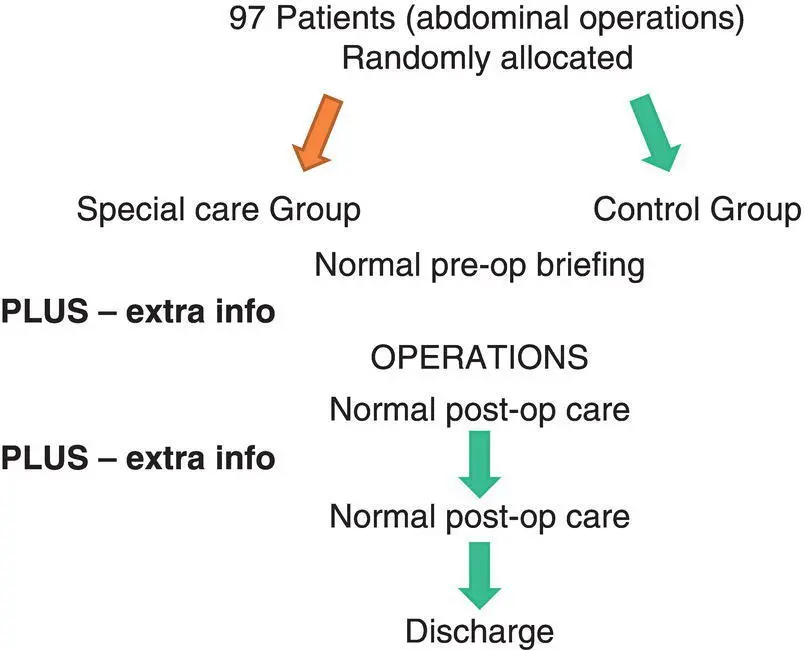
FIGURE 3.3 Egbert et al.'s research design.
Читать дальше
